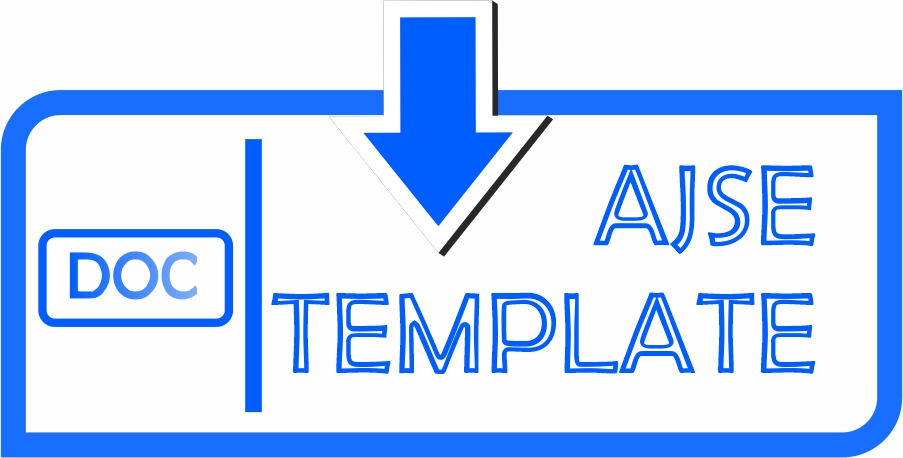SISTEM PENURUNAN KADAR KROM (III) LIMBAH CAIR INDUSTRI PENYAMAKAN KULIT DENGAN KOMBINASI PRESIPITASI MENGGUNAKAN NATRIUM HIDROKSIDA DAN ADSORPSI MENGGUNAKAN BAGASE FLY ASH
Meirinna -(1*), Moh. Fahrurrozi(2), Sri Juari Santosa(3)
(1) Kantor Lingkungan Hidup Kab. Batang Hari, Jambi
(2) Jurusan Teknik Kimia, Fakultas Teknik, Universitas Gadjah Mada
(3) Jurusan Kimia, Fakultas MIPA, Universitas Gadjah Mada
(*) Corresponding Author
Abstract
Wastewater in the tannery industry is the main waste due to the use of a great amount of water and chemical substances in the process. Wastewater which contains chromium from the tanning materials potentially causes physical and chemical changes in the environment. Chromium is harmful heavy metal which is non-degradable and able to cause danger towards environment and human health. Therefore, it is important to employ treatments before discharging the wastewater to the environment. One of the known methods to reduce the content of heavy metal is precipitation using sodium hydroxide. However, precipitation alone can not meet the strict quality standard for tannery industrial wastewater. Adsorption using bagasse fly ash (BFA) is a key promising tertiary method to achieve the high treatment standard. BFA is a low cost adsorbent since it is prepared from solid waste from sugar industry. This research aims to study optimum operating condition of the implementation of a combination of precipitation and adsorption methods for reducing chromium (III) in the tannery industrial wastewater.
Initially, this study used synthetic waste to obtain optimum conditions for adsorption method. The optimum conditions were then tested using real waste from tannery industry. Synthethic waste used in this process was Cr(NO3)3.9H2O. Adsorption process used both activated BFA as well as raw (un-activated) BFA. Concentration of crom (III) in the filtrate was determined by AAS (Atomic Absorption Spectrocopy). Parameters of the study were pH of the precipitation, and pH of the adsorption.
Results of this study showed that the optimum pH to chrom (III) concentration reduction is achieved from the combination of precipitation at pH of 8 and adsorption at pH of 5. The effectiveness of the concentration reduction of chromium using combination of both of these methods managed to lower the concentration of chromium from initial concentration of 544 mg/l to 0,18 mg/l (using activated BFA), with the effectiveness of chromium reduction 99.97%. This result complies with the standard based on Yogyakarta Governor's decree number 7/2010 about wastewater quality standard for wet blue leather industrial activities, which is 0,4 mg/l.Keywords
Full Text:
PDF (Bahasa Indonesia)References
Gupta, V.K., Dinesh Mohan, Saurabh Sharma, and Kuk T. Park. 1999. Removal of Chromium (VI) from Electroplating Industry Wastewater Using Bagasse Fly Ash-A Sugar Industry Waste Material. The Environmentalist 19, 129-136.
Heraldy, E., Hisyam SW, dan Sulistiyono. 2003. Characterization and Activation of Natural Zeolite from Ponorogo. Indonesian J.Chem 3 (2).
Indayatmi. 2011. Kajian Adsorpsi Cr (VI) oleh Abu Layang Ampas Tebu Teraktivasi H2O2. Tesis. Kimia-MIPA. Universitas Gadjah Mada, Yogyakarta.
Rohaeti, E. 2007. Pencegahan Pencemaran Lingkungan oleh Logam Berat Krom Limbah Cair Penyamakan Kulit : Studi Kasus di Kabupaten Bogor. IPB, Bogor.
Zaenab. 2008. Industri Penyamakan Kulit dan Dampaknya Terhadap Lingkungan. Jurusan Kesehatan Lingkungan, Poltekkes-Makasar. (http://keslingmks.wordpress.com/2008/08/18/industri-penyamakan-kulit-dan-dampaknya-terhadap-lingkungan/)
Article Metrics
Refbacks
- There are currently no refbacks.
Copyright (c)
Universitas Gadjah Mada


